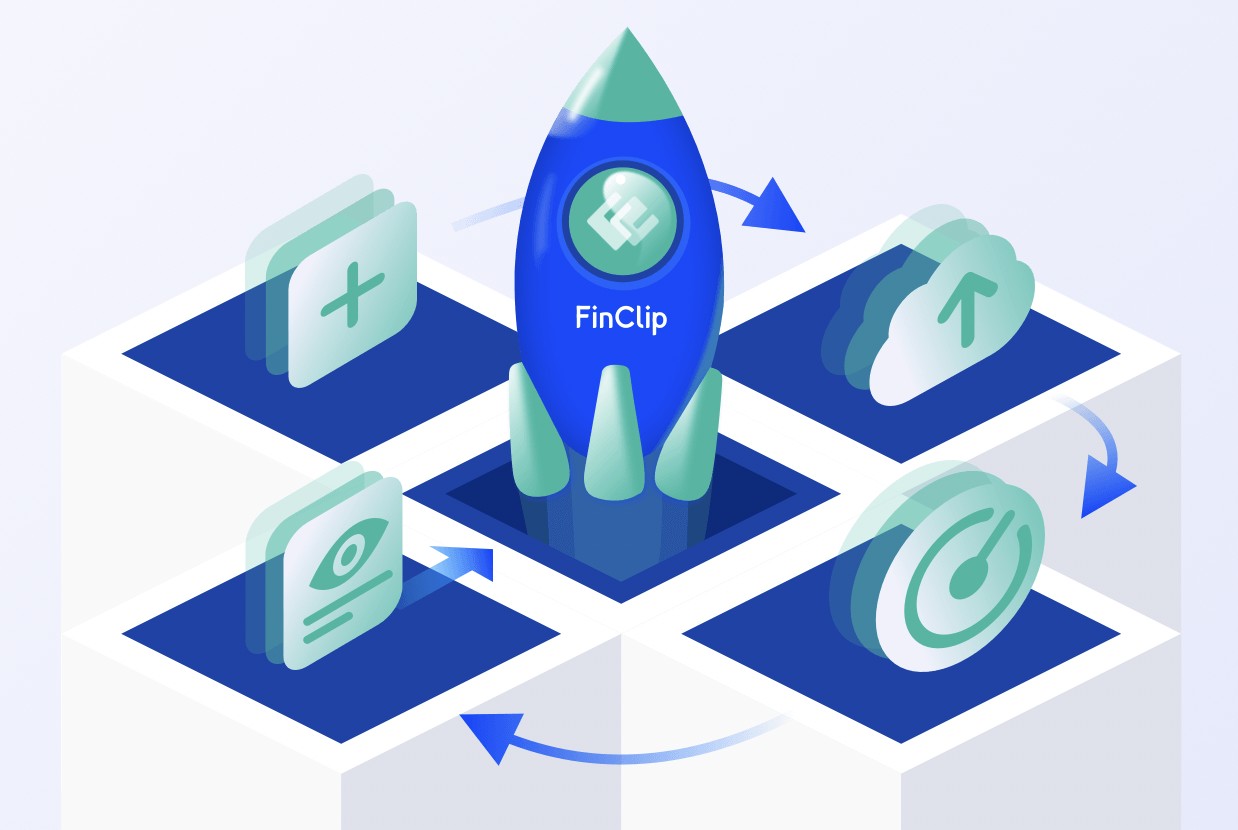洞察探索如何利用兼容微信生态的小程序容器,实现跨平台开发,助力金融和车联网行业的数字化转型。
787
2022-11-05

Onboard 一个iOS框架,轻松创建一个漂亮和吸引人的应用引导页

Onboard
Click Here For More Examples
Important
Onboard is no longer under active development, and as such if you create any issues or submit pull requests, it's not very likely to be integrated. Thanks to all that helped make Onboard better over the last few years!
Usage
Adding the following to your Podfile and running pod install should do the trick:
pod 'Onboard'
If you don't want to use CocoaPods, you can use Carthage or grab the files located in the Source folder and pull them into your project manually.
Each onboarding experience is comprised of two primary components - the background and the content pages. The background includes the static background image/video, the page control, and the skip button. The content pages are made up of four pieces, an image/icon, title, body, and action button.
Create individual pages by creating instances of OnboardingContentViewController. Provide a title, body, image, text for an action button, and within the action block handle whatever you want to do when the users press the button. If you don't want a button, you can leave both the button text and action handler nil.
Objective-C
OnboardingContentViewController *firstPage = [OnboardingContentViewController contentWithTitle:@"Page Title" body:@"Page body goes here." image:[UIImage imageNamed:@"icon"] buttonText:@"Text For Button" action:^{ // do something here when users press the button, like ask for location services permissions, register for push notifications, connect to social media, or finish the onboarding process}];
Swift
let firstPage = OnboardingContentViewController(title: "Page Title", body: "Page body goes here.", image: UIImage(named: "icon"), buttonText: "Text For Button") { () -> Void in // do something here when users press the button, like ask for location services permissions, register for push notifications, connect to social media, or finish the onboarding process }
Then create the OnboardingViewController by providing either a background image or a URL to a local video file in your project, and an array of content view controllers you just created. You can then present the view modally and get the onboarding process started!
Objective-C
// ImageOnboardingViewController *onboardingVC = [OnboardingViewController onboardWithBackgroundImage:[UIImage imageNamed:@"background"] contents:@[firstPage, secondPage, thirdPage]];// VideoNSBundle *bundle = [NSBundle mainBundle];NSString *moviePath = [bundle pathForResource:@"yourVid" ofType:@"mp4"];NSURL *movieURL = [NSURL fileURLWithPath:moviePath];OnboardingViewController *onboardingVC = [OnboardingViewController onboardWithBackgroundVideoURL:movieURL contents:@[firstPage, secondPage, thirdPage]];
Swift
// Imagelet onboardingVC = OnboardingViewController(backgroundImage: UIImage(named: "background"), contents: [firstPage, secondPage, thirdPage])// Videolet bundle = NSBundle.mainBundle()let moviePath = bundle.pathForResource("yourVid", ofType: "mp4")let movieURL = NSURL(fileURLWithPath: moviePath!)let onboardingVC = OnboardingViewController(backgroundVideoURL: movieUrl, contents: [firstPage, secondPage, thirdPage])
With only a few lines of code you have a beautiful, end-to-end onboarding process that will get your users excited to use your awesome application.
Customization
The iconImageView, titleLabel, bodyLabel, and actionButton properties are exposed for customizing fonts, sizing, etc., and the spacing between elements on the content pages can be customized as well:
onboardingVC-Padding = 20;onboardingVC.underIconPadding = 10;onboardingVC.underTitlePadding = 15;onboardingVC.bottomPadding = 20;
Blurring, Masking, and Fading
By default, the image you use for the background will have a mask applied over it, darkening it a bit. This is to add a little bit of contrast so the text can more easily be seen. This can easily be disabled if your image is already edited or looks fine as-is:
onboardingVC.shouldMaskBackground = NO; // defaults to YES
We can also apply a blur to your background image:
onboardingVC.shouldBlurBackground = YES; // defaults to NO
Apply a fade effect to the icons, text, and buttons, while transitioning between pages. Contents fade out as you scroll away, and the contents for the next page fade in as they scroll in.
onboardingVC.shouldFadeTransitions = YES; // defaults to NO
Note: Ensure you do not cause the onboard view controller's view to be loaded prior to setting these properties, as these values only take effect when the view controller's viewDidLoad is called, so doing something like setting your onboardingVC.view.backgroundColor = [UIColor whiteColor]; before setting this values would lead to the setting of these to not take effect.
You can tweak these settings in a few different combinations to get your desired effect:
Auto-Navigation
If you want to automatically move users to the next page in the onboarding process when they press the action button simply set the movesToNextViewController property to YES on any OnboardingContentViewController that isn’t the last view controller in the onboarding process. Coupled with this, you can disable the ability to swipe between contents by setting the swipingEnabled property on the OnboardingViewController to NO. This allows you to have greater control over the onboarding process if you desire. Finally, if your design lends itself to not having a page control, or if it is only one page, you can set the hidePageControl property to YES and the page control dots will not appear.
contentVC.movesToNextViewController = YES;onboardingVC.swipingEnabled = NO;onboardingVC.hidePageControl = YES;
Skipping
If you want to allow users to skip the onboarding process, enable skipping on the onboarding view controller and set a block to be executed when the skip button is pressed.
onboardingVC.allowSkipping = YES;onboardingVC.skipHandler = ^{ // Dismiss, fade out, etc...};
Blocks
There may be cases in which you want to do something when the content pages are about to appear, and when they did appear. In this case, you can set the viewWillAppearBlock and viewDidAppearBlock properties on any or all of the content pages to handle whatever you’d like.
contentVC.viewWillAppearBlock = ^{ // do something when the view will appear here…}contentVC.viewDidAppearBlock = ^{ // do something when the view appears here…}
Notes
I'm not currently supporting landscape at the moment, so I would recommend either using this in an application that only supports portrait, or wrapping it in a subclassed UINavigationController that only supports portrait.
Community
Questions, comments, issues, and pull requests welcomed!!
License
This project is made available under the MIT license. See LICENSE.txt for details.
版权声明:本文内容由网络用户投稿,版权归原作者所有,本站不拥有其著作权,亦不承担相应法律责任。如果您发现本站中有涉嫌抄袭或描述失实的内容,请联系我们jiasou666@gmail.com 处理,核实后本网站将在24小时内删除侵权内容。
发表评论
暂时没有评论,来抢沙发吧~